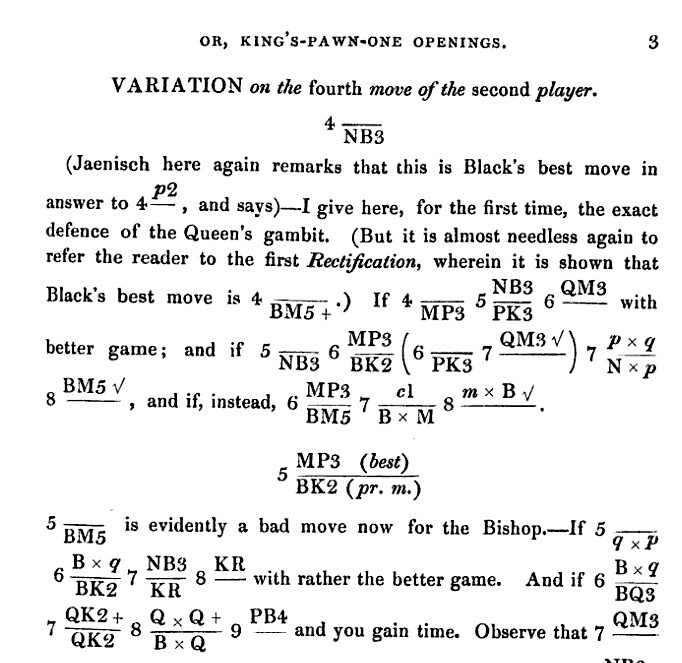Good examples.
a1-h8 is for black and white the same, but QR1 - KR8 is not equal to KR1 - QR8, yet can they both describe that same diagonal a1-h8. QR1 - KR8 for instance describes two different diagonals for black and white. The description for white has black squares where the description for black has white squares.
Since the globalization more people have learned to write and speak in English. When I was in my teens there was a choice if you prefered to focus on English or German. Nowadays you don't need to make a choice, because all Germans speak English too.













I grew up with DN too, they are both equal to me.
But when speaking, I think descriptive has a slight edge. For example, if you are talking about creating "luft" for the castled king, in algebraic you have to say "move your pawn to h3 or h6 (or even a3 or a6), in descriptive you can just say P-R3 and all the bases are covered.
Also, in descriptive you can talk about "rook on the 7th rank", for both sides, which doesnt work with algebraic from blacks perspective.
Having 1. P-K4 P-K4 (where it is counting from both side) really shouldnt be any more confusing than algebraic where you have the files and ranks going backward on you. I will still on occasion make a mistake on the black side writing down my moves and record a piece on c as f instead.
It shouldnt be too surprising most of you have issues with descriptive since it isnt used any more. I still have lots of books in descriptive, for example collections from Fischer and Alekhine, so it is easy for me since I get weekly practice with it.
I think algebraic really started to make it easier for computers, not humans. If computers werent around I dont think we would have bothered to make the switch.